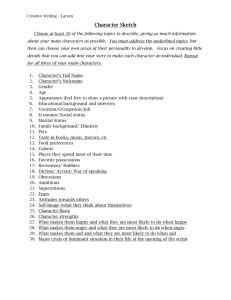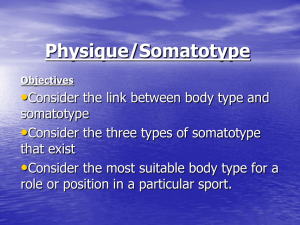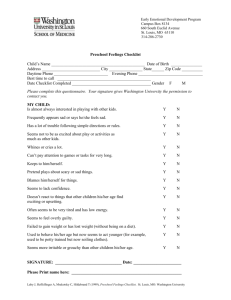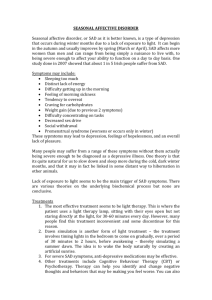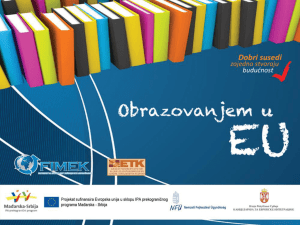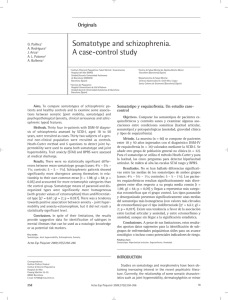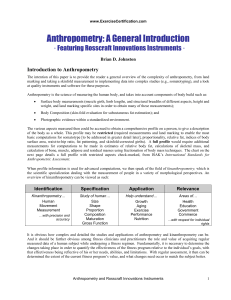SR3504 - Homepages | The University of Aberdeen
advertisement
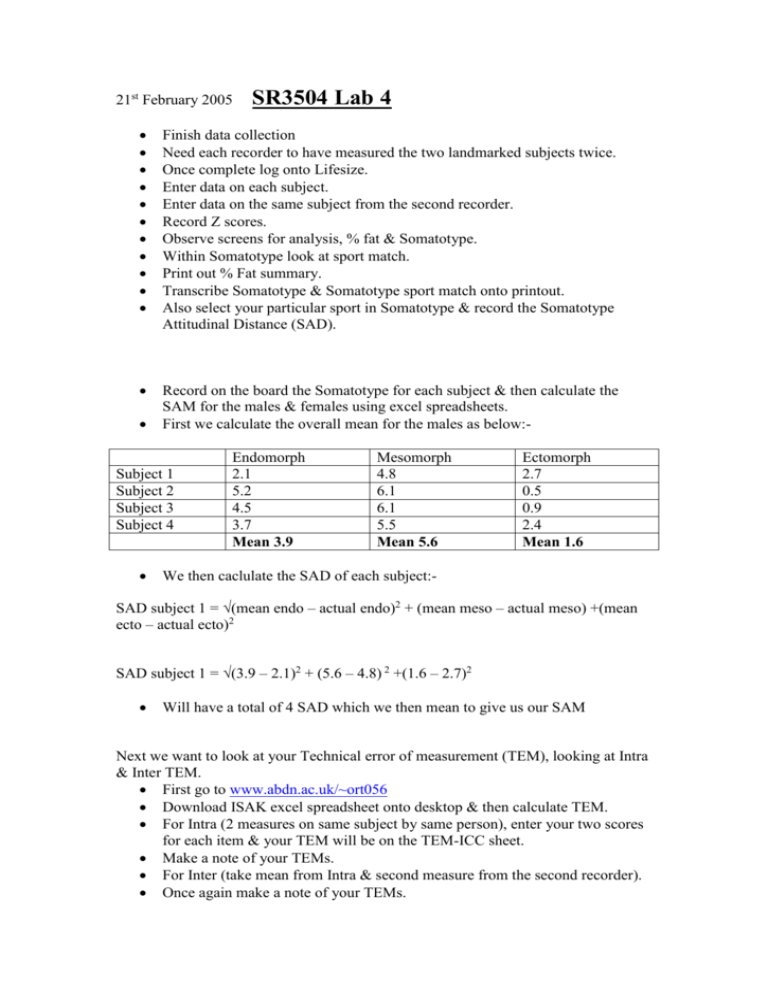
21st February 2005 SR3504 Lab 4 Finish data collection Need each recorder to have measured the two landmarked subjects twice. Once complete log onto Lifesize. Enter data on each subject. Enter data on the same subject from the second recorder. Record Z scores. Observe screens for analysis, % fat & Somatotype. Within Somatotype look at sport match. Print out % Fat summary. Transcribe Somatotype & Somatotype sport match onto printout. Also select your particular sport in Somatotype & record the Somatotype Attitudinal Distance (SAD). Record on the board the Somatotype for each subject & then calculate the SAM for the males & females using excel spreadsheets. First we calculate the overall mean for the males as below:- Subject 1 Subject 2 Subject 3 Subject 4 Endomorph 2.1 5.2 4.5 3.7 Mean 3.9 Mesomorph 4.8 6.1 6.1 5.5 Mean 5.6 Ectomorph 2.7 0.5 0.9 2.4 Mean 1.6 We then caclulate the SAD of each subject:- SAD subject 1 = √(mean endo – actual endo)2 + (mean meso – actual meso) +(mean ecto – actual ecto)2 SAD subject 1 = √(3.9 – 2.1)2 + (5.6 – 4.8) 2 +(1.6 – 2.7)2 Will have a total of 4 SAD which we then mean to give us our SAM Next we want to look at your Technical error of measurement (TEM), looking at Intra & Inter TEM. First go to www.abdn.ac.uk/~ort056 Download ISAK excel spreadsheet onto desktop & then calculate TEM. For Intra (2 measures on same subject by same person), enter your two scores for each item & your TEM will be on the TEM-ICC sheet. Make a note of your TEMs. For Inter (take mean from Intra & second measure from the second recorder). Once again make a note of your TEMs. Finally a few questions in relation to your calculations & observations. Make a brief note of answers & we go through them at 12.40 in lab 2. How unusual are the data in relation to the Z scores? Quantify INTRA & INTER tester error, why differences? Why is the % fat predicted so variable? What is the minimum number of skinfolds for a healthy male & female? What sample is more variable in phenotype, male or female, use the SAM for this? Mandy Plumb, Department of Orthopaedics, University of Aberdeen. 21st February 2005
